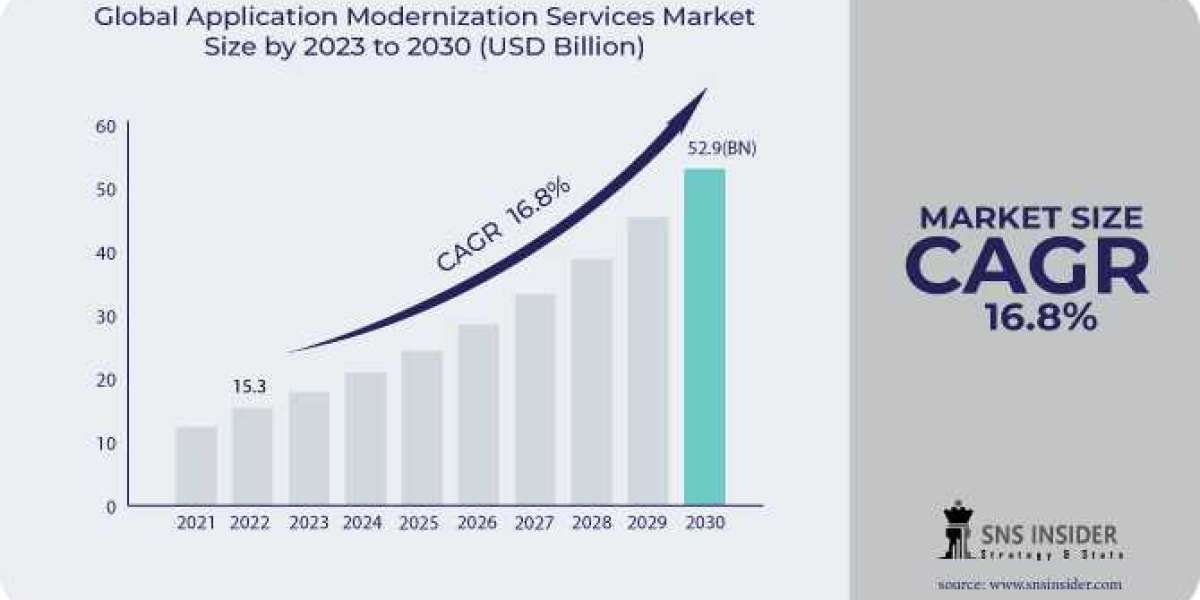Embarking on a Data Analytics project can be a transformative journey for your company, requiring careful planning and strategic decision-making. Key to success is a clear understanding of the project's scope and objectives. Begin by evaluating what areas need immediate attention, whether it's financial reporting, supply chain analysis, order-to-cash processes, or HR reporting. Prioritizing these elements helps focus your efforts and resources effectively. Stakeholder interviews are essential to understand critical pain points and expectations. These insights should align your project goals with organizational objectives, ensuring that the most impactful areas are addressed first. Developing a scope statement and project charter will guide your team in maintaining focus and avoiding scope creep.
Avoiding a "big bang" approach is crucial, as large-scale implementations can quickly become overwhelming. Instead, adopt an agile methodology by breaking the project into manageable parts. The SAP Activate methodology can be particularly useful, offering pre-delivered artifacts like project plans to streamline the process. Start with a pilot phase to test key components and gather feedback. This iterative approach allows for incremental improvements and adaptations to changing requirements. Regular sprint reviews and retrospectives will help ensure that each phase delivers value and meets stakeholder expectations.
Effective data management is another cornerstone of a successful data analytics project. Analyzing the relevance of your data and categorizing it into warm, cold, and hot data can significantly reduce hardware and storage costs. Begin by conducting a data audit to understand current data usage and storage needs. Use this audit to create a data governance framework outlining how data should be classified and managed. Implementing data archiving and purging strategies will ensure that only relevant data is actively stored and processed.
Transitioning to cloud-based data warehousing solutions is another important consideration. Solutions like SAP Datasphere and SAP Analytics Cloud can help you build dashboards, reports, and planning tools more efficiently. Moving to the cloud can save on infrastructure costs by reducing the need for maintaining multiple instances of traditional systems like BW, BusinessObjects, BPC, or Hyperion. Assess your current IT landscape and future growth plans to determine the optimal cloud solution. Collaborate with cloud vendors to ensure a seamless transition and establish robust data security protocols, emphasizing scalability and flexibility to support evolving business requirements.
Planning a long-term SAP strategy is also critical. Avoid using non-SAP tools, which can complicate data integration projects and operations. Start by evaluating your current technology stack and identifying areas for consolidation. Develop a roadmap outlining your SAP strategy and aligning it with business objectives. This roadmap should consider future-proofing your architecture by adopting emerging technologies and best practices.
Modern integration tools play a significant role in data analytics. Utilizing SAP’s Integration Suite is preferable to relying on legacy tools like PI/PO or third-party options like Boomi. If transitioning from these tools, consider your specific use case and dependencies. This transition is often part of a broader digital transformation, such as an S/4HANA migration. Conduct a gap analysis to identify the capabilities of your existing integration tools and areas for improvement. Engage with integration specialists to design and implement a seamless integration strategy that enhances data flow and visibility across your organization.
Simplifying your toolset can also reduce confusion and enhance efficiency. In large organizations, having too many tools can create complexity. Aim for a leaner architecture with a single tool across the enterprise to ensure consistency and ease of use. Conduct a tool audit to identify redundancies and overlaps in functionality. Involve stakeholders from various departments to gather insights on tool usage and requirements, and develop a standardization policy that promotes the use of approved tools and encourages cross-functional collaboration.














